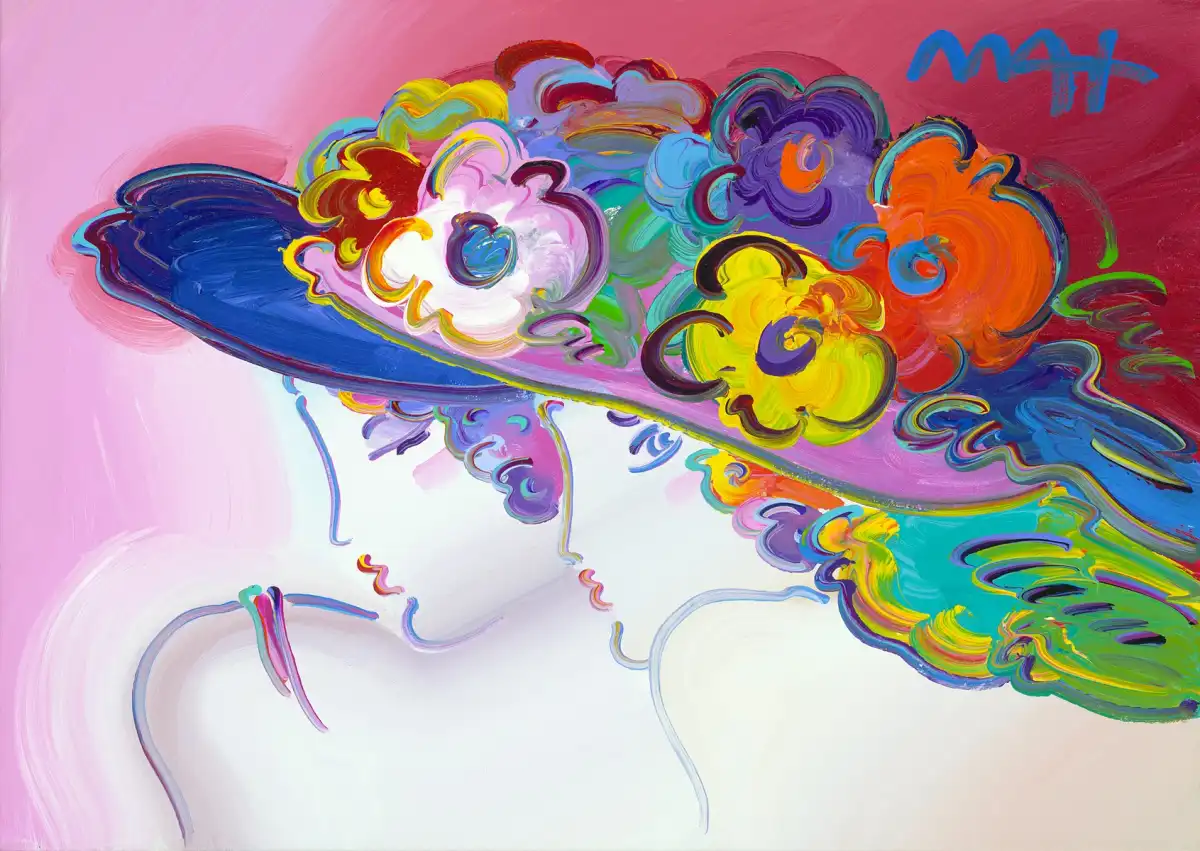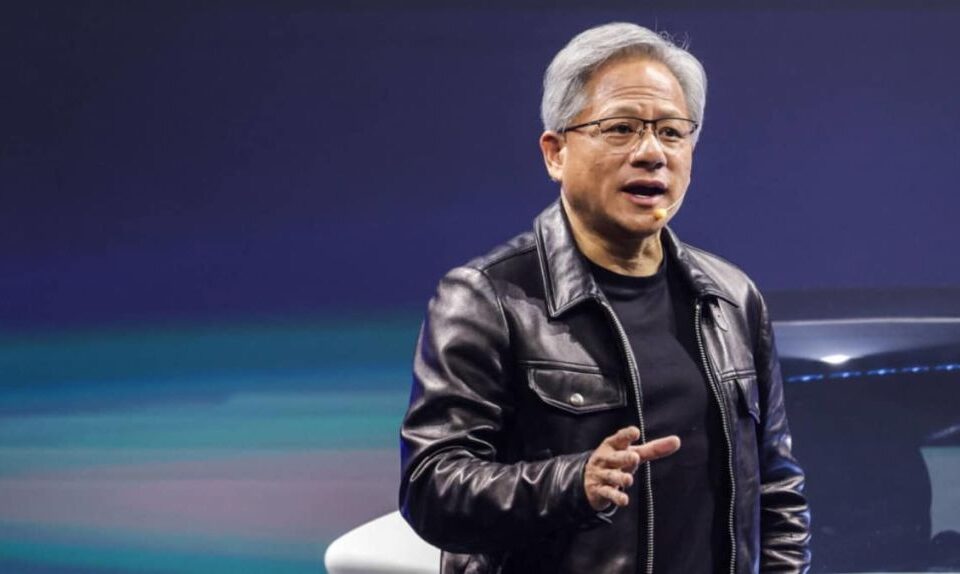Copyright AM New York

In the architecture of modern visual culture, Peter Max occupies the intersection between image and ideology. His work absorbed the turbulence of the twentieth century—the migrations, the media revolutions, the cosmic ambitions of the postwar world—and returned it to the public as color made conscious. To study Max is to study the aesthetics of optimism, rendered with the precision of a scholar and the audacity of a mystic. To speak of Peter Max is to speak of the democratization of art itself. Comparable in reach to Andy Warhol yet less cynical in spirit, Max’s work embodied the ecstatic rather than the ironic. Where Warhol mirrored commerce, Max mirrored consciousness. He treated color as revelation, not commodity. His art did not so much decorate a cultural moment as define it. The odyssey of an artist Born in Berlin in 1937, Max’s story reads like a parable of the twentieth century’s migrations. His family fled the Nazi regime, finding temporary refuge in Shanghai, then India, Israel, and finally Brooklyn. Each city imprinted its palette upon him: the crimson gates of Buddhist temples, the ochres of Indian markets, the cool Mediterranean blues of Haifa. When Max arrived in America at sixteen, he was already fluent in the visual language of exile and wonder. His mother’s indulgence of his earliest artistic impulses—beginning with crayon drawings on her Louis Vuitton trunks—revealed a truth that would follow him through life: for Max, beauty was never fragile. It was mischievous, kinetic, and durable enough to survive displacement. At the Art Students League of New York, Max studied under Frank Reilly, inheriting the discipline of academic realism before detonating it. That early rigor explains the underlying order in even his most euphoric compositions. The cosmic bursts and floating figures are not accidents; they are deliberate orchestrations of chaos and calm, proof that transcendence requires structure. From pop prophet to painter of nations Max’s ascent in the 1960s was meteoric. His psychedelic graphics became visual shorthand for a generation seeking enlightenment through art, music, and motion. His designs covered everything from record sleeves and posters to billboards and television screens. He was the first artist to attain rock-star status—a public figure capable of shifting aesthetic language through media exposure alone. By the 1970s, he pivoted from commercial design to the canvas. His Neo-Fauvist and Neo-Expressionist periods fused the immediacy of Pop with the emotional intensity of Matisse and Derain. The brush became his amplifier. Park West Gallery would soon champion this evolution, introducing Max to an international collecting audience and ensuring his work lived not only in museums but also in homes—a synthesis of accessibility and aspiration. Max’s trajectory also charted the evolving relationship between art and nationhood. His portraits of U.S. presidents, from Reagan to Clinton, his monumental series on the Statue of Liberty, and his painted fragments of the Berlin Wall are acts of civic meditation. They insist that patriotism, when refracted through color, can be inclusive rather than insistent. His September 11th tributes, honoring first responders, reclaimed red, white, and blue as the hues of endurance rather than ideology. A language of light To study Max is to recognize a lifelong conversation between mysticism and physics. The cosmos—first glimpsed in a childhood encyclopedia—remained his organizing metaphor. His swirling skies, radiant auras, and solar gradients make visible the invisible: frequency, energy, vibration. He once said he painted the “soul of color,” a statement less metaphorical than scientific. His canvases pulse like waveforms. Technically, Max’s innovations in printing—particularly his split-fountain ink technique—changed how color could behave in mass production. The gradients that became emblematic of the era were not accidents of ink; they were engineered. He understood that reproductions could also be revelations, that technology could democratize transcendence. Themes of the eternal Throughout his long career, Max returned to archetypes that stitched the personal to the universal: the female profile rendered in contemplative calm, the heart as both motif and manifesto, the flag and the skyline as proof of endurance. His imagery resists narrative closure. Each work feels mid-conversation, an open circuit between painter and viewer. Even at his most patriotic, Max never lost the sense of cosmic play. His Statue of Liberty paintings shimmer like portals rather than monuments. His portraits of celebrities—from David Bowie to Mick Jagger, Steven Tyler, and Michael Jordan—distill fame into aura, translating the mythology of the public figure into pure energy fields of pigment. The cultural consequence Peter Max’s impact is not measured solely by exhibitions or commissions, though his résumé is staggering: retrospectives at the de Young Museum, the Hermitage, official artwork for the Grammys, Super Bowls, and the U.S. Open, even a painted Continental Airlines Boeing 777. His significance lies in how thoroughly he infiltrated the visual vocabulary of optimism. He made color an instrument of belief. For millions who would never walk into MoMA or the Whitney, Peter Max was their modern art museum. His posters and prints hung in dorm rooms, diners, and office cubicles, democratizing access to aesthetic experience. He blurred the border between fine art and popular imagination, proving that emotional intelligence could transcend exclusivity. To understand Peter Max is to see art as endurance—color surviving time, joy surviving cynicism. His life, marked by exile and reinvention, mirrors the very century that gave rise to him. In every spectrum he unleashed on canvas, there exists both memory and anticipation: the refugee child drawing on a trunk, the American painter illuminating a skyline, the elder master still chasing light. Peter Max did not simply depict his era. He designed its consciousness.



